Most people are by now quite familiar with the immediate effects of the SARS-CoV-2 virus, which ripped through the world in 2020 – 2023, causing over six million deaths and 660 million cases worldwide.
The development of vaccines and therapies has turned COVID-19 from a pandemic threatening the whole population into an at least partially manageable and controllable wave.
But now there is more and more evidence that many people who were infected and appear to have recovered may suffer long term complications of COVID-19, that involve many body organs, dramatically worsening quality of life, and contributing to impaired physical functioning. The term given to this is “Long COVID”.
So far the effect of “Long COVID” on sexual health has only been studied for the last few months. Most relevant for our readers, the epidemiology, pathophysiology, and relevance of long COVID on erectile function is beginning to present a disturbing picture.
Getting to the root cause of erectile dysfunction for men who are suffering long COVID involves investigating a very wide range of symptoms that may be triggered after recovery from the primary infection. These include almost all systems in the body, ranging from minor ailments to life-threatening conditions. These include:
- neuropsychiatric complications such as “brain fog” and fatigue
- psychological dysfunctions like anxiety, depression
- cerebrovascular events (such as strokes)
- affecting respiratory and cardiovascular systems such as:
- breathing problems
- lung tissue becoming damaged and scarred
- non-obstructive coronary artery disease (CAD) in which the large blood vessels on the heart’s surface constrict instead of dilating
- inflammation of the heart muscle, which can reduce the heart’s ability to pump blood.
- the early onset of diabetes or thyroid dysfunction
Most relevant when understanding the possibility of erectile dysfunction is the link in males between long COVID and hypogonadism. Male hypogonadism is a condition in which the body cannot produce enough testosterone, which is the hormone that plays a key role in masculine growth and development during puberty. Production of sperm is also dependent on the levels of testosterone. Hypogonadism can be a defect at birth or can develop later in life, from injury or infection. The ability to achieve and sustain an erection is highly dependent on the levels of testosterone in the blood.
Can hypogonadism be treated?
Treatment of hypogonadism usually involves testosterone replacement to raise testosterone levels to normal. Keeping testosterone levels high can counter the main signs and symptoms of male hypogonadism, such as erectile dysfunction and decreased sexual desire. Other ancillary symptoms like loss of facial and body hair and muscle mass and bone density will also be lessened.
There are several types of testosterone replacement therapy. Of the main choices, oral testosterone preparations are no longer preferred for treatment of hypogonadism because they can cause serious liver problems and do not keep testosterone levels steady.
The preferred preparation in most cases is one of the several gels and solutions available, such as AndroForte® Cream for Men. AndroForte® testosterone cream is a bioidentical, pharmaceutical grade hormone cream designed to target low testosterone levels in men. It comes in 5% and 2% strengths. You can simply rub the cream into your skin on your scrotum or upper arm or shoulder. AndroForte is absorbed from the scrotum 5-7 times better than upper body application making it the ideal choice to apply less and get greater results.
All testosterone therapy can bring with it some mild side effects, including:
- Acne
- Sleep disturbances
- Prostate enlargement
- Limited sperm production
Like all medications, your doctor will balance the benefits against the risks and will prescribe AndroForte when the overall balance is toward the benefits.
